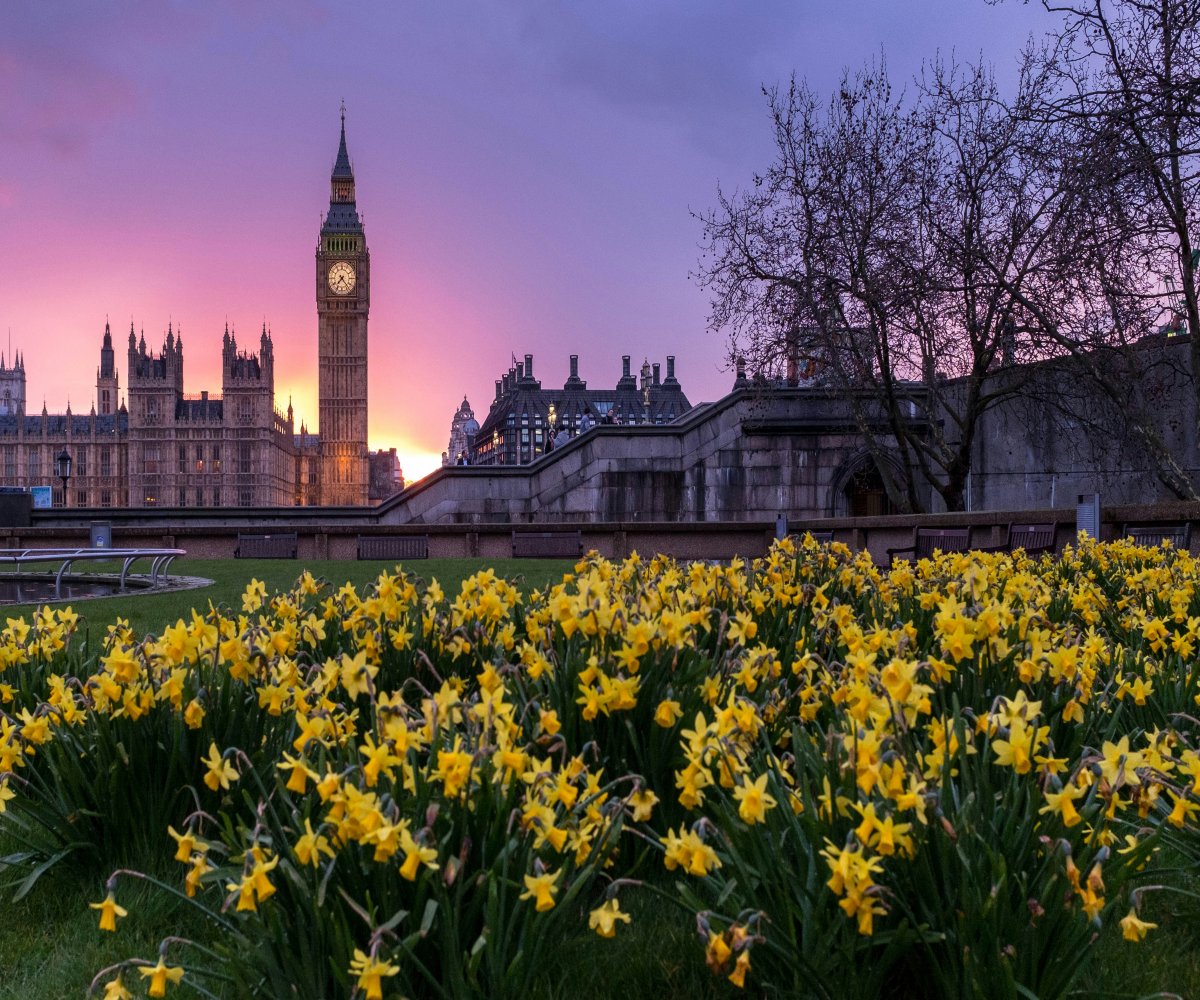An estimated 12.5 million enslaved Africans were transported across the Atlantic during the Transatlantic Slave Trade. As a result, the African Diasporan played a significant role in building new societies despite being ripped away from the world they knew.
Despite their enormous contributions, some of this pertinent Black history has been buried and not recognized as it should be. Here is a list of Black History in the world’s most unexpected places.
Brazil
Brazil has the largest population of people of African descent outside of Africa because it was a major importer of enslaved Africans, even more than the United States.
According to Statista, an estimated 3.2 million enslaved Africans were forcibly relocated to Brazil compared to around 300,000 in the United States. Consequently, African cultures have played a significant role in Brazilian music, dance, and cuisine.
In Brazil, an unexpected Black history is the community known as Quilombo dos Palmares — a large settlement of once-enslaved Africans who escaped in colonial Brazil. Zumbi dos Palmares was a prominent leader of the Quilombo dos Palmares. He was eventually captured and killed on November 20, 1695. He was decapitated, and his head was on display to serve as a warning to others.
Despite his death, he is widely recognized as a symbol of resistance against Portuguese colonial rule and slavery. Today, Quilombo dos Palmares is located in present-day Alagoas, Brazil. The community was a major center of resistance against slavery and remains a testament to the resilience of Africans in the face of oppression.
Honoring The Black Man Who Founded Chicago
The next time you are driving along the 18 miles of the outer portion of Lake Shore Drive in Chicago, remember that you are riding on a piece of essential Black history in the Windy City. Consistently voted as one of the most beautiful streets and among the most memorable in the world, the Chicago City Council approved to rename the road to Jean-Baptiste Pointe DuSable Lake Shore Drive in 2021.
The roughly 17 or 18 miles of Lakeshore Drive honor Jean-Baptiste Pointe DuSable, a Black man believed to be of Haitian descent, who is credited as Chicago’s founder.
According to Chicago City Councilmembers, Pointe DuSable and his wife, Kitihawa, settled where the Chicago River and Lake Michigan met in the late 1770s. They reportedly established a trading post and farm before selling the property in 1800 and moving to the port of St. Charles.
While the name change did not come without controversy, Chicago leaders expressed the importance of recognizing his role in Chicago’s history and addressing racial injustice.
The “Lion King” Of Mali
From the 13th to the 17th centuries, the Mali Empire was powerful in West Africa. The legendary warrior king, Sundiata Keita, founded the empire. At its height, it was known for its wealth that derived from trade. From 1235 – 1255, Keita, who is known as the “Lion King of Mali” expanded the Mali Empire through conquest, gaining control over the gold and salt trade routes and establishing a capital at Niani.
According to the Epic of Sundiata, Keita was a Milinke prince, but after his father’s death, his stepmother banished him, along with his mother. He spent years in exile but eventually returned to defeat his enemies. Keita reclaimed his throne and built a prosperous empire that flourished for centuries.
Under Keita’s leadership and following his legacy for several centuries, the Mali Empire was one of the wealthiest and most powerful in Africa, thanks to its thriving trade network that stretched across the Sahara Desert, North Africa, and the Middle East.
Traders exchanged gold, salt, ivory, textiles, spices, and luxury items such as silk and ceramics.
1733 Slave Insurrection On St. John, US Virgin Islands
Nearly 60 years before the start of the Haitian Revolution, there was a revolt by enslaved Africans on what was the Danish island of St. John, which is present-day U.S. Virgin Islands. The rebellion was ultimately fueled by the harsh conditions of slavery, including food shortages and brutal treatment.
In the early morning of November 23, 1733, a group of enslaved people entered the Danish West India Company’s fort in Coral Bay, St. John, under the guise of a firewood delivery for the fort’s soldiers. According to the National Park Service, they had hidden cane knives within the stacks of wood they carried.
They took the soldiers by surprise, killing all but one. After taking the fort, the freedom fighters fired the fort’s cannon to signal the enslaved community in the area that the insurrection was underway.
The 1733 Slave Insurrection was the first instance in which enslaved people took control of a colony and sparked later revolts that would take place. The “Akwamu Fighters,” as they are called, are highlighted for taking their fate into their own hands as they rose against their oppressors.
Currently, Virgin Islands National Park in St. John honors the 1733 uprising, where those had hoped to establish the first free African state in the Americas.
Gaspar Yango: The Gabon Man Who Led Enslaved Africans To Freedom in Mexico
Gaspar Yanga’s legacy is rarely talked about within African history. According to folklore from the region, Yanga was a prince stolen from a royal family in Gabon. According to Black History Heroes, the term “Yanga” has origins in many of the regions found in West and Central Africa.
He reportedly escaped from the region of the Nuestra Señora de la Concepción plantation in 1570. Between 1570 and 1609, Yanga led his followers into the mountains near Pico de Orizaba, the highest mountain in Mexico, the Cofre de Perote, Zongolica, and Olmec regions.
By the 1600s, Yanga’s maroon settlement was known as palenques, which became a site of resistance against colonial Spain. In 1609, Spanish authorities sent a skilled and armed militia to defeat Yanga and his Palenque, but the army was defeated. Spanish settlers sent another army, but Yanga defeated the forces again. After the second time, Yanga offered to make peace with several conditions. The most significant condition was recognizing the freedom of the settlement’s residents and the acknowledgement of the settlement as a legal entity, which Yanga and his descendants would govern.
As Blackpast documents, the town of San Lorenzo de Los Negros was officially recognized by Spanish authorities as a free Black settlement in 1618 after years of negotiations. It would later be referred to as Yanga, named after its founder.
Yanga is known as the first liberator of the Americas and led one of colonial Mexico’s first successful salve uprisings.





